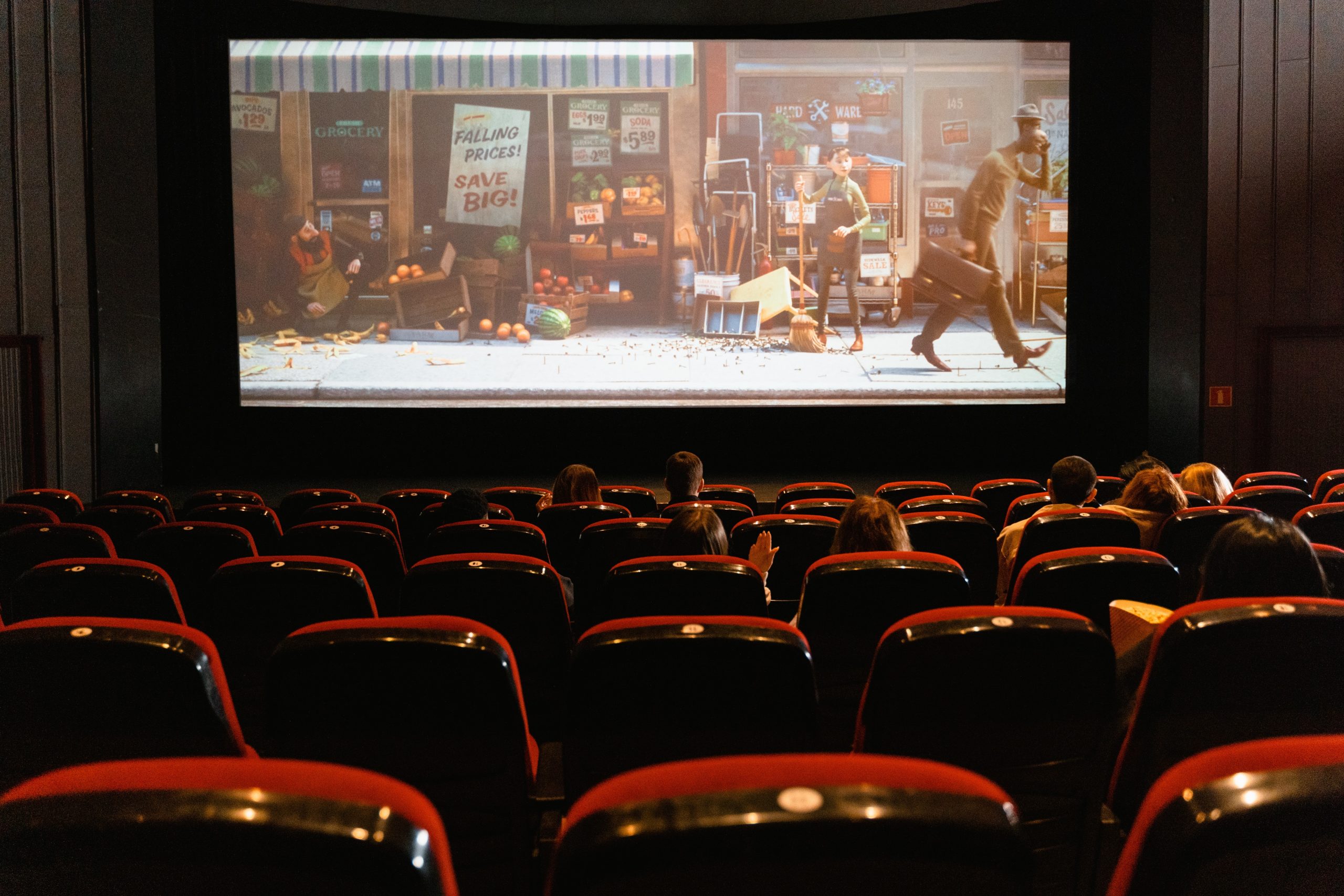Visitors have accessed this post 213 times.
History of cinema minimum 800 words
The history of cinema is a long and fascinating journey that dates back to the 19th century. It all began with the invention of the still camera and the discovery of the principle of persistence of vision. Persistence of vision refers to the ability of the human eye to retain an image for a fraction of a second after it has disappeared from sight. This principle was the foundation for the creation of moving images.
In the late 1800s, inventors such as Thomas Edison, William Friese-Greene, and the Lumière brothers developed devices that could capture and display moving images. Edison’s invention, the Kinetoscope, allowed individuals to view short films through a peephole. Friese-Greene’s camera projected moving images onto a screen, while the Lumière brothers’ invention, the Cinématographe, combined both features into one device.
The first public exhibition of moving pictures took place on December 28, 1895, in Paris, France, where the Lumière brothers screened ten short films, including the famous Arrival of a Train at La Ciotat Station. The film caused a sensation as people were startled by the realism of the moving images. From that day on, cinema became a popular form of entertainment worldwide.
During the early years of cinema, films were silent and often accompanied by live music, sound effects, or narration. The first attempt at synchronized sound and image occurred in 1894, when Edison invented the Kinetophone, a combination of the Kinetoscope and a phonograph. However, it was not until the late 1920s that sound technology became widely used in films.
One of the most significant developments in the history of cinema was the introduction of narrative films, which began to appear in the early 1900s. These films told stories with a beginning, middle, and end and included fictional characters and plots. The first narrative film was The Great Train Robbery (1903), directed by Edwin S. Porter.
In the 1910s, Hollywood emerged as the center of the American film industry. Many filmmakers moved to California to take advantage of the sunny weather and the diverse landscapes that provided a backdrop for their films. Hollywood became synonymous with the glitz and glamour of the movie industry and produced some of the most iconic films of the 20th century.
The 1920s marked the beginning of the Golden Age of Hollywood, a period of great creativity and artistic achievement. Some of the most significant films of this era included The Cabinet of Dr. Caligari (1920), directed by Robert Wiene; Metropolis (1927), directed by Fritz Lang; and Sunrise: A Song of Two Humans (1927), directed by F.W. Murnau. These films were notable for their innovative storytelling techniques, intricate sets, and stunning visual effects.
The 1930s saw the introduction of color film and the rise of the talkies, films with synchronized sound. The first feature-length talkie was The Jazz Singer (1927), starring Al Jolson. The film’s success led to the rapid adoption of sound technology by the film industry. In addition, the 1930s saw the emergence of the screwball comedy, a genre characterized by fast-paced dialogue, slapstick humor, and witty banter. Some of the most famous screwball comedies of this era included It Happened One Night (1934), directed by Frank Capra, and Bringing Up Baby (1938), directed by Howard Hawks.
The 1940s were marked by World War II, which had a significant impact on the film industry. Many filmmakers were drafted into the military, and the war effort influenced the content of films. Films of this era often depicted the heroism and sacrifice of soldiers and civilians during the war

Cinema is including our life also……